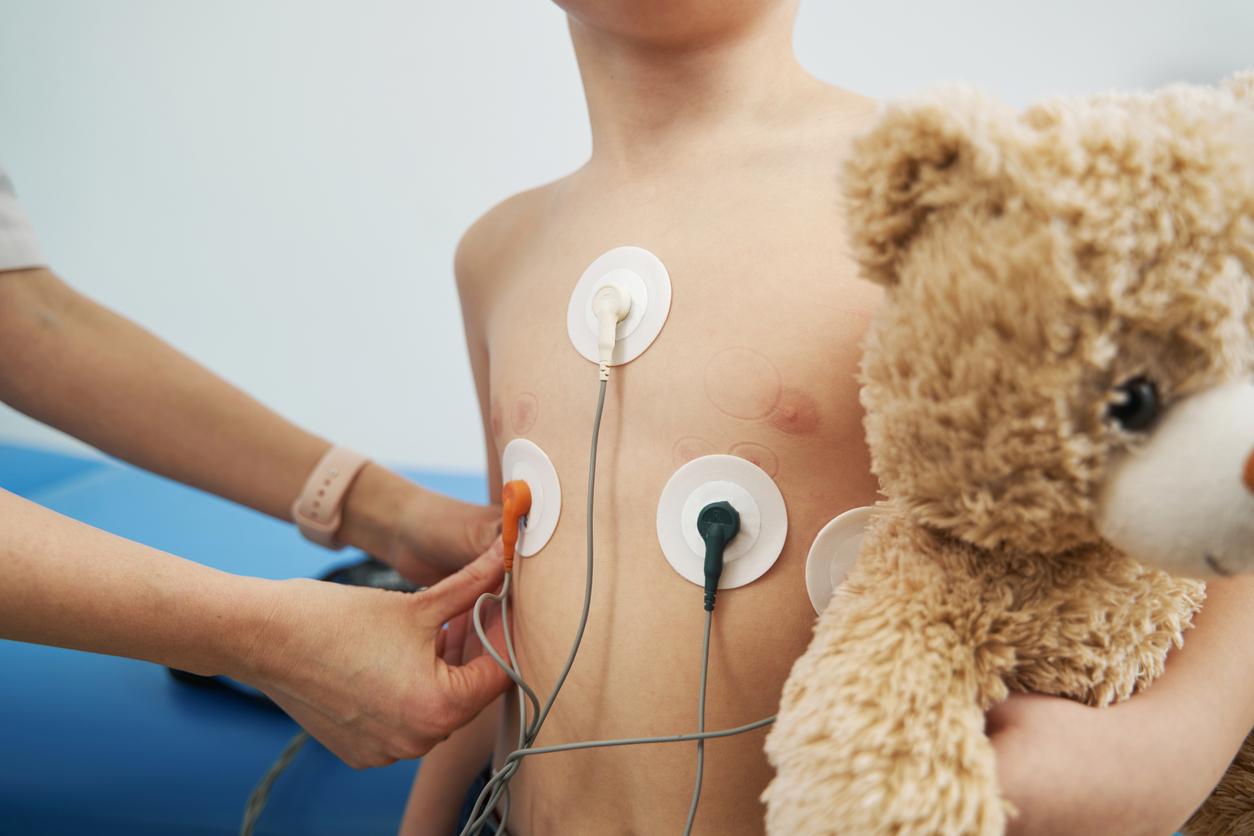To conclude this Pink October, Professor Gilles Freyer, head of the medical oncology department at the Hospices Civils de Lyon (HCL) and vice-dean of the Faculty of Medicine of Lyon-Sud, details the latest therapeutic developments concerning breast cancer. .

Professor Gilles Freyer – In recent years, the genetic risk of breast cancer has been better defined, far outweighing all other risk factors. A woman with a genetic predisposition has a risk of developing breast cancer of between 60 and 80%.
Also promote breast cancer: tobacco, unbalanced diet, lack of physical activity, early puberty, late menopause, obesity and having children late. Concerning alcohol, it is a tenuous risk factor, which is always difficult to highlight.
– As a result, are there new hygiene and dietary rules to be observed on a daily basis?
The lifestyle and dietary rules that prevent breast cancer and limit recurrences remain the same:
– have a healthy diet, close to the Cretan diet, with not too much animal fat, lots of vegetables and fruits, little alcohol, regular meals and reasonable quantities.
– engage in regular, medium-intensity physical activity, three hours a week, such as brisk walking, for example.
On the other hand, the offer of physical activity is changing, especially concerning very sedentary people, who are unable to do physical activity despite the recommendations. I am thinking in particular of the short exercise programs, designed by health professionals, which allow you to do the equivalent of 40 minutes of exercise in ten minutes, without heart risk. There are also more and more associations specializing in the promotion of physical activity suitable for everyone.
I am also campaigning for us to move towards less guilt for people who do not find the time or the will to do three hours of physical activity a week. It’s better to try to get some exercise than none at all, such as climbing stairs instead of taking the elevator, or going shopping on foot instead of driving.
– What to say today about screening? Are the recommendations changing?
Regarding the population not at risk, the rules are always the same: it is recommended that all women over 50 have a screening mammogram every two years.
For younger women, on the other hand, there is a real sophistication of breast cancer screening, with, for example, breast MRIs in the event of genetic predisposition, or the evaluation of breast density. In these specific cases, screening is increasingly done à la carte, depending on the individual risk.
– What have we learned about biomarkers over the past five years?
We have developed specific therapeutic weapons, which rely on the genetic predisposition to breast cancer itself, because this fragility is found in tumor cells. We can, for example, cite PARP inhibitors, which are a new class of promising molecules in oncology. Their benefit in the treatment of breast and ovarian cancers in patients with BRCA1 and BRCA2 mutations is proven.
– In full development in other cancers, has immunology recently proven itself in breast cancer?
The enthusiasm for immunotherapy in breast oncology is in the process of falling, because the results of large studies that were launched a few years ago are generally disappointing. However, combinations with chemotherapy are now being studied.
– What are the challenges of tomorrow?
In breast oncology, 85% of breast cancers are cured today, with remarkable progress over the past twenty years. The hardest part concerns the remaining 20% of patients: we have to find a way to cure them or how to transform their breast cancer into a chronic pathology, a bit like with HIV.

.















